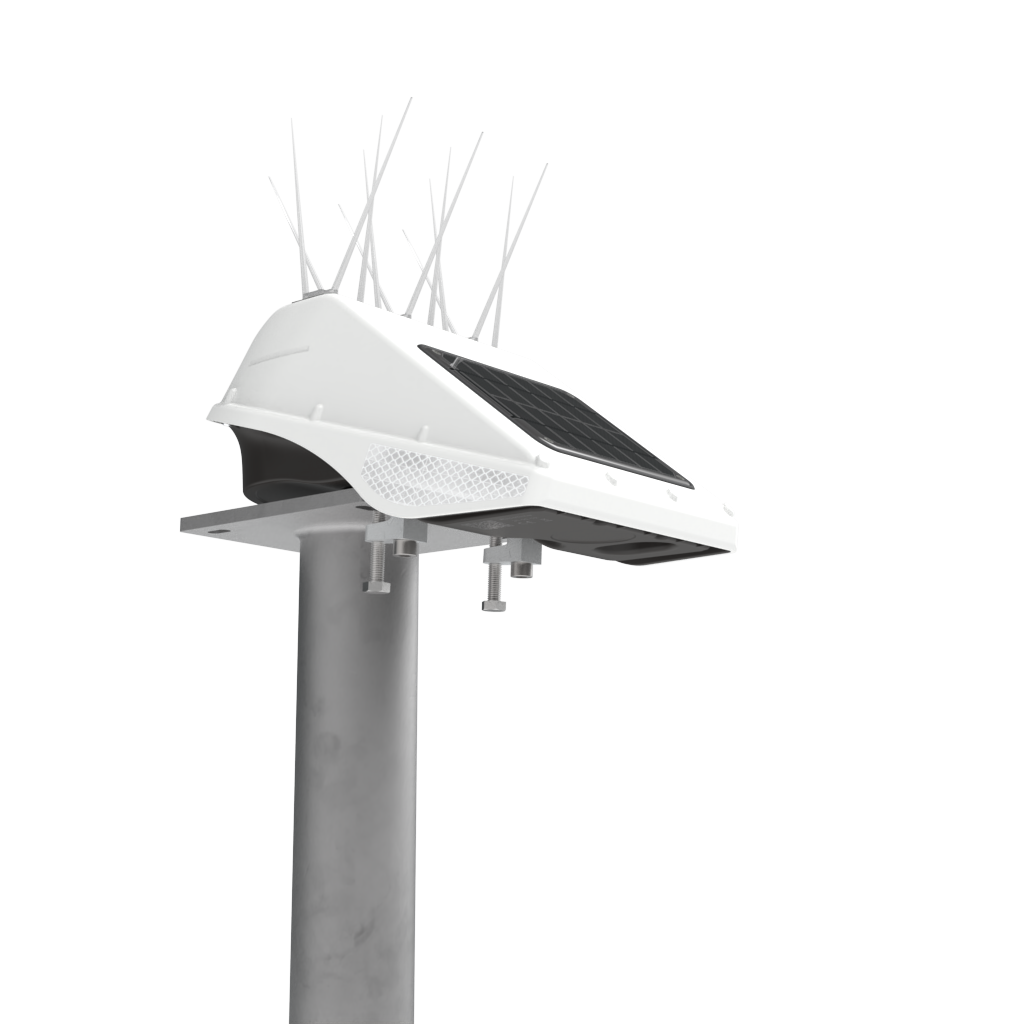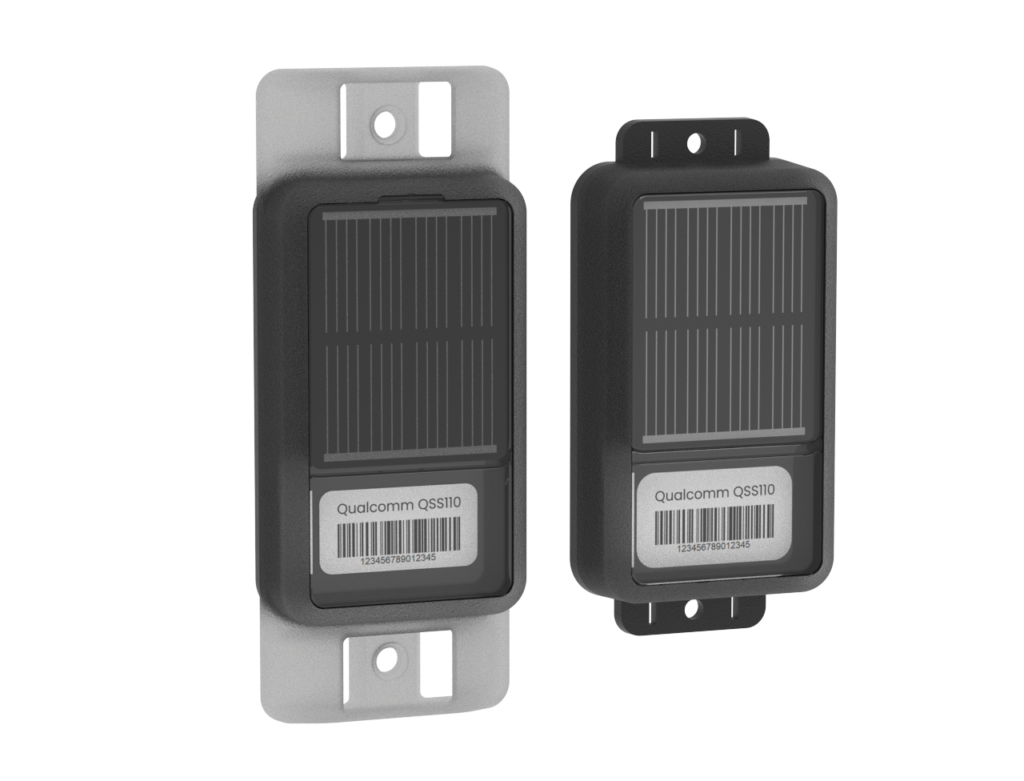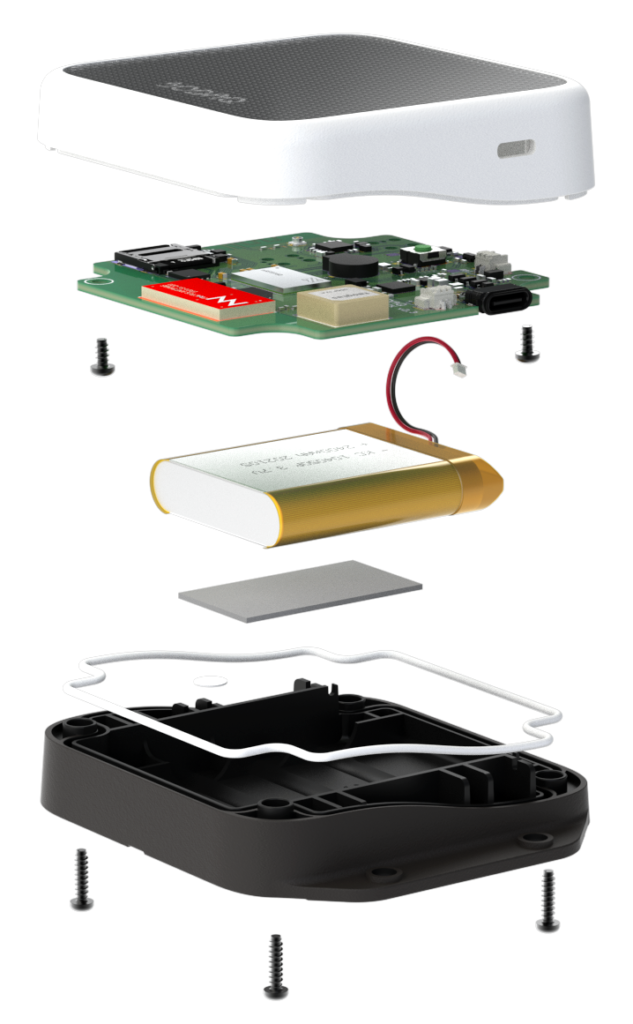Exploring Energy Harvesting Techniques in IoT and SODAQ's Innovative Solutions
The Internet of Things (IoT) has become a critical component of various technology initiatives, such as smart cities, industry 5.0, and intelligent infrastructures. However, many of these applications require IoT devices to be distributed over long distances or to be mobile. Consequently, a significant portion of IoT devices rely on battery power. Therefore, it is vital to explore the potential of Energy Harvesting in IoT solutions.
In this article, we will explore various techniques for energy harvesting in the Internet of Things (IoT) and examine how SODAQ’s tracking and sensing solutions have been specifically designed to incorporate these concepts.
What is Energy Harvesting?

Energy Harvesting is a process of harvesting (collecting) energy from various sources that are not conventionally utilized. There are many different ways to generate some amount of energy apart from direct power supplies. Sources such as light, radio waves, solar energy, kinetic energy, and heat are some of the most dominant energy harvesting sources. Energy Harvesting can be the key for devices to function where direct power supplies are unavailable. Harvesting doesn’t just generate the energy but also stores enough supply for the system to function when the energy source is unavailable.
Why is Energy Harvesting important for IoT?
It is estimated that by 2025, almost 27 billion IoT devices will be functioning. At this rapid pace, IoT devices will inevitably become integral to numerous industries, applications, and activities. However, managing the power supply for such a large number of devices poses one challenge, while the cumulative power consumption of these tiny devices presents another obstacle.
Hence, Energy Harvesting emerges as the solution to address the power supply challenges faced by IoT devices. By leveraging Energy Harvesting, IoT devices can optimize their functionality, positioning, and application, creating a perfect synergy. With the ability to power themselves, IoT devices can achieve optimal longevity, eliminating the need for power cords, battery replacements, and frequent recharging.
Several methods of energy harvesting for IoT:
There are various methods available for generating energy through Energy Harvesting, enabling IoT devices to become self-sustainable. These Energy Harvesting options provide flexibility for IoT systems to choose the most suitable approach. Here are several methods:
1. Solar energy harvesting for IoT devices
Solar energy harvesting for IoT devices is often considered as the primary choice among renewable energy sources for generating power for small-scale requirements. It offers the advantage of supplying power to IoT devices located in remote areas without the need for significant investments or specialized infrastructure. Solar energy harvesting has been widely recognized for its reliability, efficiency, and cost-effectiveness within various organizations.

At SODAQ, we have successfully incorporated solar panels into our products, including the TRACK Extreme, TRACK Solar, Locator One and Inclinometer Reference Design Project. These products have a proven track record of effectively harnessing energy from the sun.
2. Harvesting energy through radio waves
Radio waves serve as an alternative method for energy harvesting in IoT devices. They are present in the environment through devices like smartphones, radios, and TVs. These electromagnetic waves can be harnessed and converted into usable energy. Antennas are a prime example of this technology, which we have successfully trialed and tested at SODAQ. Our TRACK Solar or Active device is an excellent illustration of how we have incorporated this energy harvesting method into our products.

3. IoT devices with Kinetic energy harvesting
IoT devices equipped with kinetic energy harvesting offer a practical solution, particularly for Industrial IoT (IIoT) applications. Kinetic energy obtained from machine vibrations, repetitive motions (such as spinning), liquid flow, and electromagnetic induction can be effectively utilized to power IoT devices. A concrete example would be the implementation of a vehicle counting sensor strip on a road, which leverages the piezoelectric effect to harvest energy each time a vehicle passes over it.
4. Heat energy harvesting solutions
Heat energy harvesting solutions present another viable option for certain IoT systems. Heat can be generated from sources such as the human body or industrial machinery. Wearable devices already exist that can utilize the heat dissipated by the body to harvest energy. However, it is important to note that for IoT devices, this method may not be as consistent considering surrounding conditions.
Summary
The IoT industry has experienced significant growth in recent years, surpassing the stage where the functional feasibility of IoT devices was the sole focus. IoT solutions are now ubiquitous and consistently deliver the expected performance. Consequently, it is crucial to prioritize the most efficient charging methods for these devices. At SODAQ, we offer engineering services dedicated to advancing the field of energy harvesting. Join us on our mission to create a world empowered by sustainable energy solutions.
Checkout our successful engineering projects here or contact us at sales@sodaq.com to start your journey.